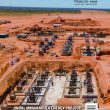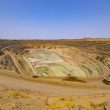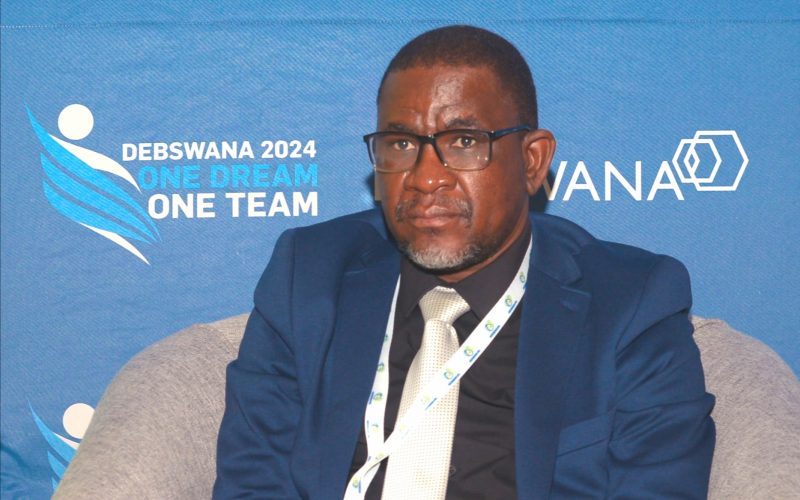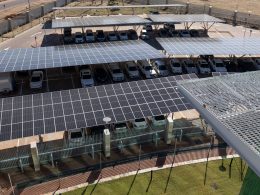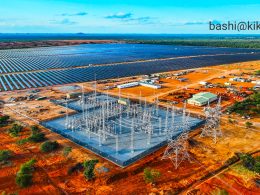The Projects | Energy
In a bid to become carbon-neutral by 2030, Debswana Diamond Company — the country’s flagship mining company — has to put in place intensity reduction measures, leading to cost savings amounting to an estimated P274 million in 4 years (from 2017-2020, using 2016 as baseline) .
Presenting on Debswana’s success story in reduction of energy intensity, Mr. Gaenamele Mmoloki Ganamotse, Energy Manager at Debswana Diamond Company said the company is on the right track to achieve its goal.
The cumulative total of P274 million, equates to around 90 000 megawatts hours per annum, a big figure in terms of both energy and capital savings. Debswana annually spends around P240 million on power. It is estimated that without intensity reduction measure, by now, the company could be spending around P360 million per annum on power.
“If you break the P274 million into four years, you realize that it is significant per annum in terms of what we could have spent. That is the impact that it has made on the bottom line.”
The objective is to achieve reductions in energy and greenhouse gases (GHG) emissions intensity to support Debswana’s pledge of carbon neutrality by 2030.
Reducing intensity has become a key part of Debswana carbon emission strategy. Intensity refers to the amount of power used to produce a tonne of a product, in this case kilowatt-hours per tonne.
“It means you are using a certain amount in kilowatt to produce one tonne to process a material. We want to produce more material using less power. So, we put measures in place to ensure that we reduce the amount of power that we use to produce one tonne,” Ganamotse said.
“That is what we mean by reducing intensity. If you look at where we are coming from, 2016 was our baseline and our target was to reduce intensity by 8 percent by 2020. But we managed to do much more of that because we manage to reduce by 19 percent.”
Gabanamotse said Debswana, since 2016, has been reducing intensity by 3, 4, and 5 percent per annum. The company’s monthly consumption was around 20 000 megawatt hours.
“So if we were using 20 000 megawatt hours to produce a certain amount of tonnages in 2017 that means I can still use the same amount to produce more because I have now reduced the intensity,” he said.
“If you look at what we have been consuming, then and now, there is a very small difference, but in terms of tonnages produced, we have increased the numbers.”
Gabanamotse said 19 percent reduction in intensity is a lot, therefore a success story for the mining company. Intensity reduction is Debswana’s short-term strategy between now and 2024. After 2024 the company is planning going into replacement.
“That is where now we replace the fossil fuels, the diesel that we now have and the electricity that we produce from coal moving into cleaner energy. That is our long-term strategy,” he said.
DEBSWANA ENERGY FACTSHEET
| Debswana Carbon Footprint | 877,387 Tonnes of CO2 annually |
| Energy sources | 60 % Electricity, 40 % Diesel |
| Energy Cost | 16 % of Total operating cost |
| Carbon Footprint with the De Beers Group | Debswana contributes for over 50 % of De Beers C02 Emissions |
ENERGY INTESITY REDUCTION
| 2021 Avoided Consumption using 2016 as Baseline | 23.88 – 19.35 = 4.53kWh/ton |
| 2021 Production | 23,350,698 tons |
| Total Avoided Consumption | 360,586,462 kWh |
| Total Avoided Emissions | 360,586,462 x 0.00103 = 371,404 t.CO2e |
| Total Avoided Cost | 360,586,462 x 0.76116916 = BWP 274,467,294.39 |

